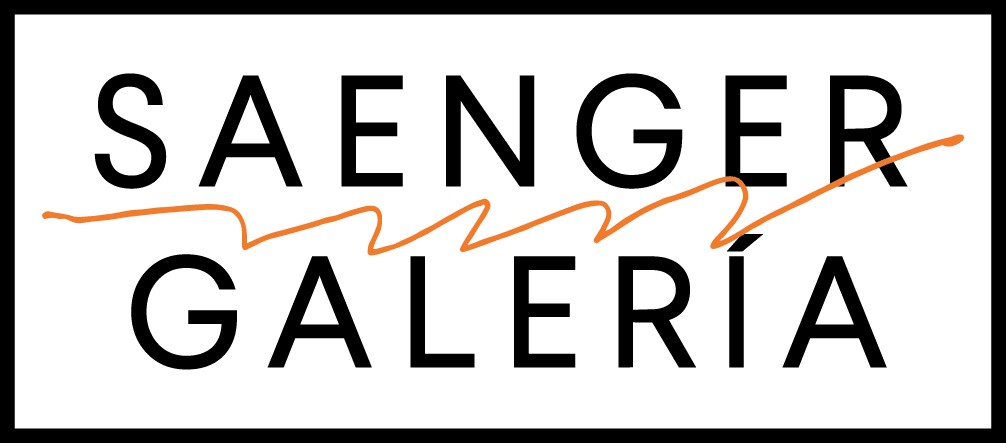As part of Mexico City's Art Week 2025, Saenger Gallery presents the group exhibition on landscape, En octubre brota el amarillo [In October, Yellow Blossoms], the first contemporary art project hosted by Casa Limantour, curated by Eduardo Luque with assistance from Christian Barragán. With this new exhibition, Saenger Gallery reaffirms its program of showcasing works in architecturally significant spaces of historical and cultural relevance. This time, twenty artists from Mexico, North America, Spain, Germany, and Japan have been gathered to create a temporal arc of over thirty years of artistic production, allowing for an exploration of the multiple singularities in approaches, processes, materialities, and questions employed by the invited artists, all centered around a classic theme in art history: landscape.
The notions of landscape addressed in this exhibition consider not only the spatial and representational dimension of reality, but also its temporal, mythological, and historical aspects. They begin from the very space of the exhibition, Casa Limantour, an eclectic building located in the Plazuela de San Fernando, facing the Vicente Guerrero Garden, in the vicinity of Mexico City's Historic Center. The history of this building bears witness to the transformation of a city and a country over three centuries, from the Restored Republic to post-revolutionary Mexico, and from that era to the present. Built during the last decade of the 19th century on the site previously occupied by the gatehouse of the Convent and College of San Fernando (dated between 1735 and 1751, an example of Baroque architecture), and still adjacent to the church and cemetery of the same name, Casa Limantour was originally designed as one of the residences of the Limantour Marquet family. Over the years, the building's lower floors have housed a photographic studio, a hardware store, and several secondhand bookstores. The metal curtains that still remain are a reminder of that past, which continues along the same path in its renewed phase: art and its neighboring fields of action.
From this 19th-century corner, both the monumental, immediate landscape of the exterior and the partial, interior views of the domestic space are accommodated. From the hidden landscape due to extractivism in northern Mexico, to the artificial spaces of a garden; from the vastness of the universe to the minuteness of dust and sand. "In October, Yellow Blossoms" is an expression by artist Sebastián Hidalgo, featured in this exhibition, with which the artist conveys his intimate and daily relationship with nature. The implications of this act reverberate in everyday life, whether walking through a stretch of land, meditating in private spaces, or working alone in the studio.
For the artists gathered here, landscape is present beyond the span of vision between the street and the sky. In any case, the landscapes suggested here are governed by a common theme that springs from the personal, fascinating, and intriguing experience with both the concrete and intangible spaces we inhabit and that define us: the echo of an empty house, the relationship with the land, the fleeting nature of time. Perhaps this could be the starting point of the project, the escape line from which all landscape is configured: a footprint, the remnants of something resembling a desire.



















